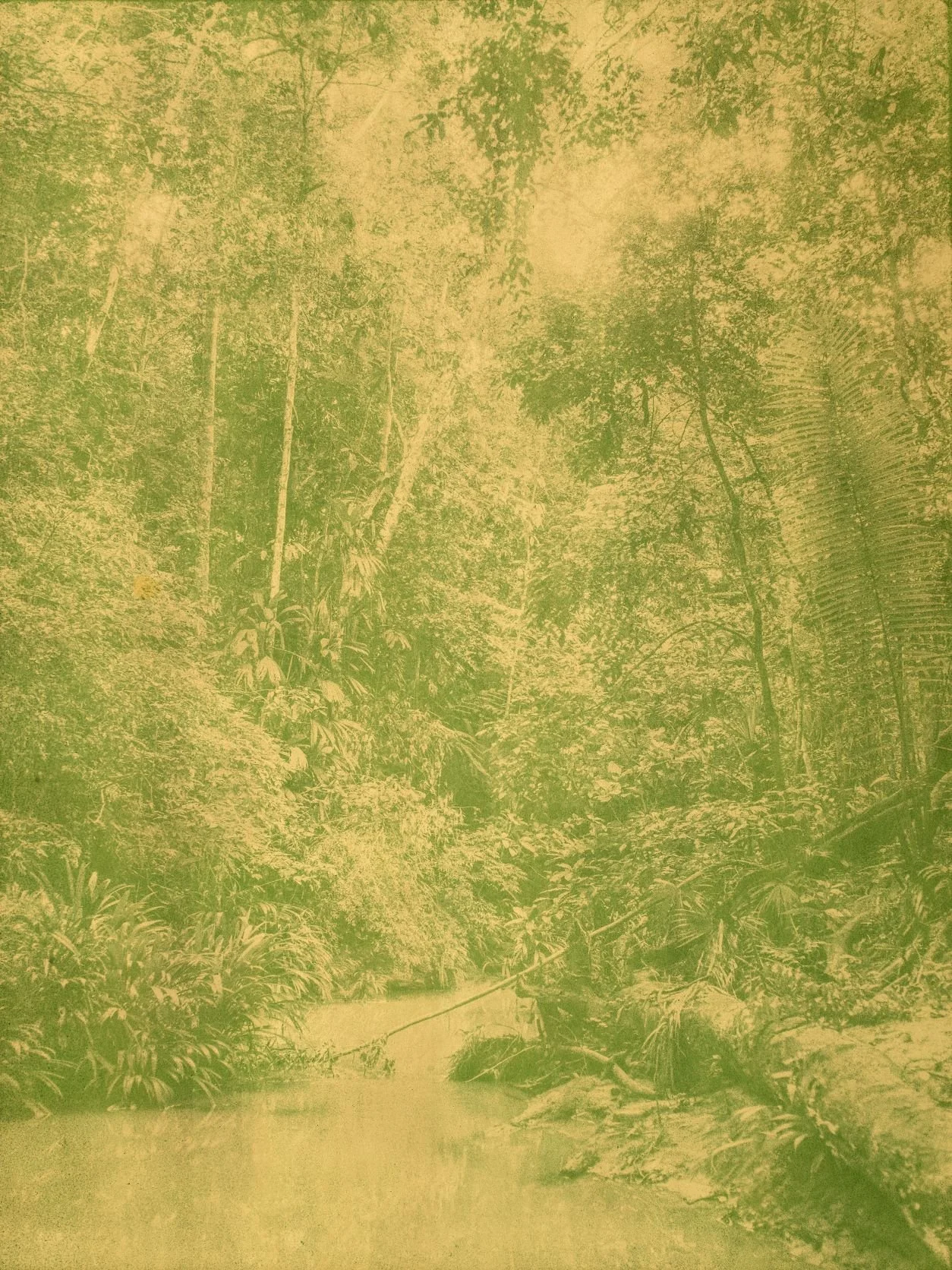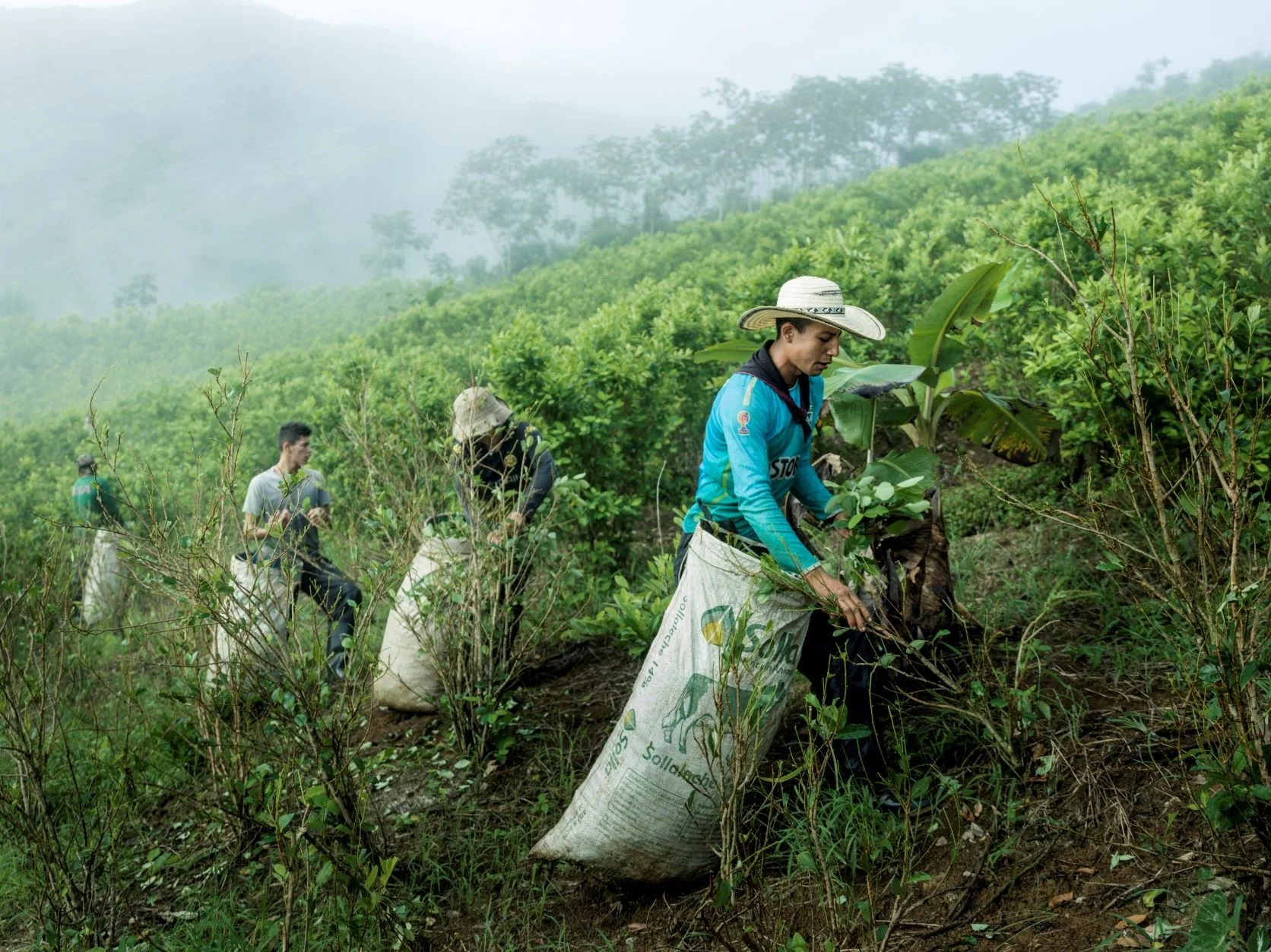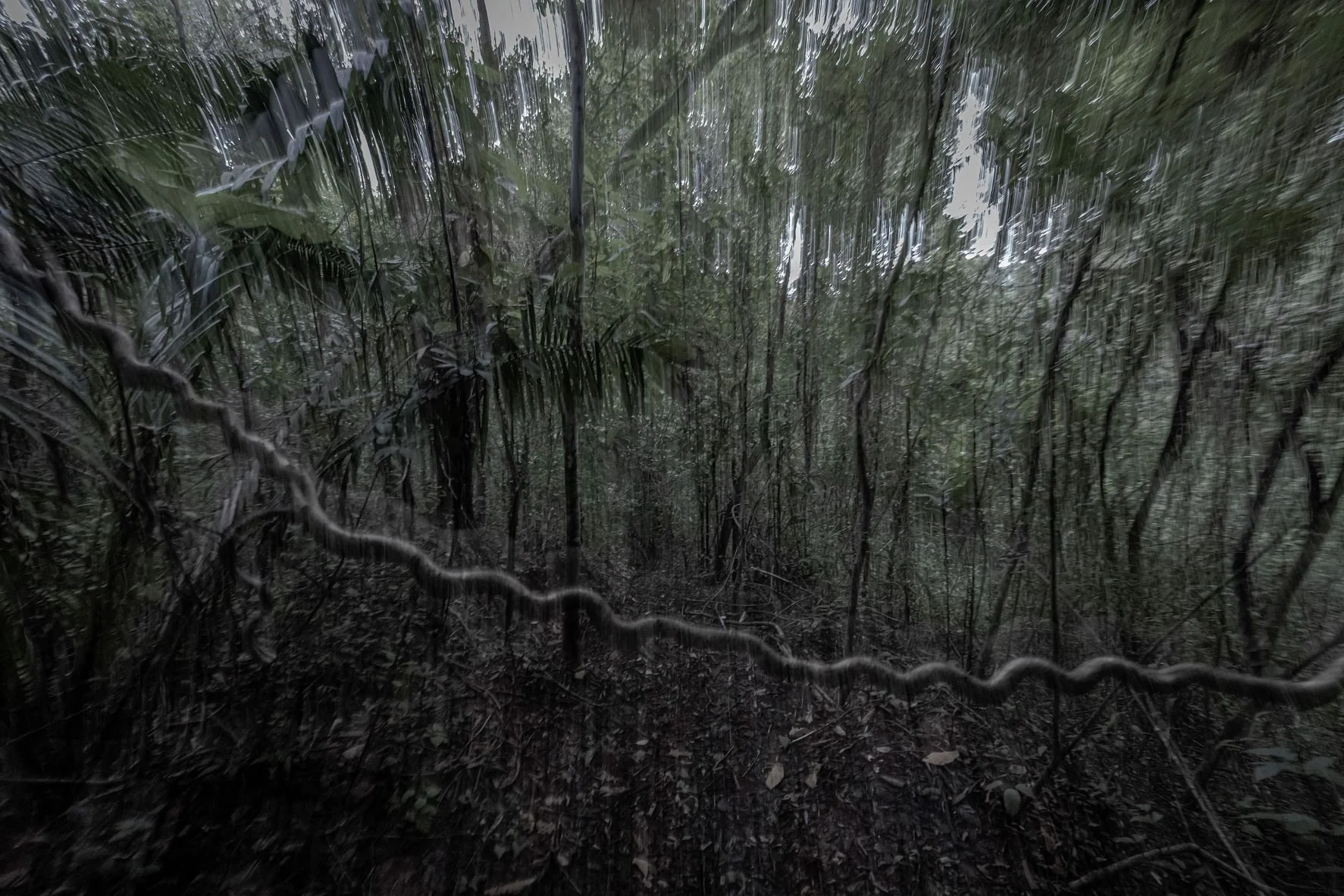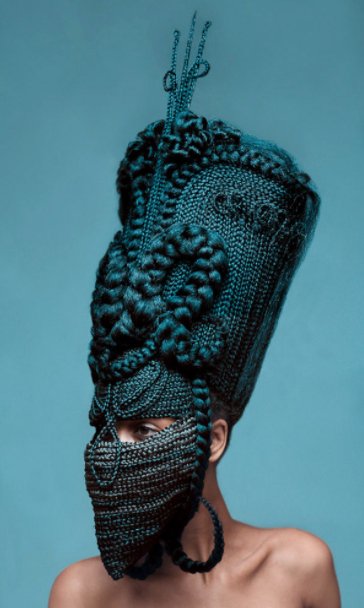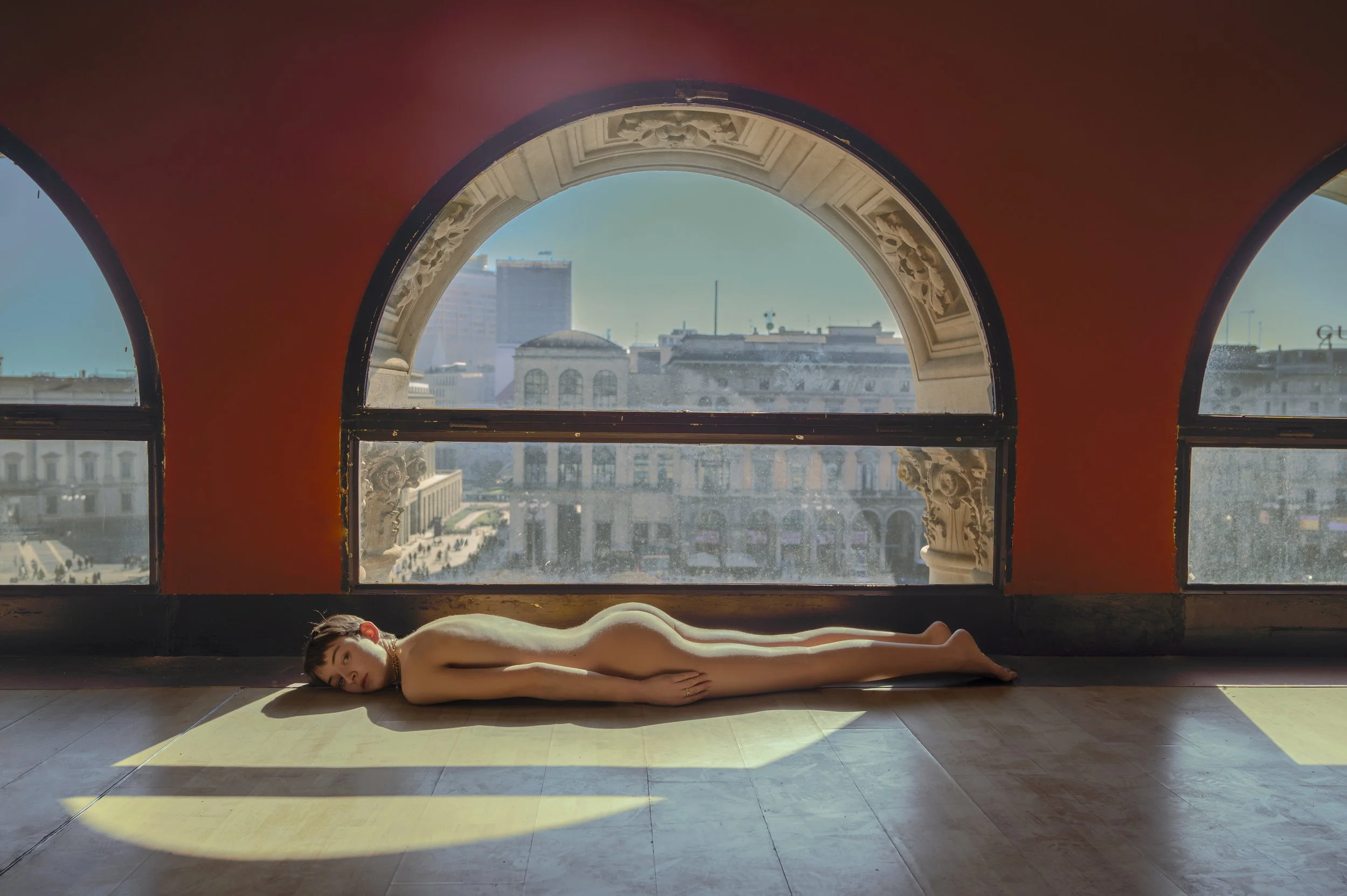Manuel Rivera-Ortiz
Aya © Arguiñe Escandon and Yann Gross.
Text: Federica Belli and Manuel Rivera-Ortiz
1. The language of photography is still among the most contemporary ones, notwithstanding then diffusion of other digital art forms. Which factors still make photography such a relevant medium in our time?
ANS/ Begin with the premise that photography, dating back to 1840s Paris, as a language continues to be contemporary. What now? Why is it trendy? For me, this is where the answer to this question deviates. You see, while everything has changed in the way that we make pictures, some might have it—I know these people I sit on boards and juries and selecting committees with them, notwithstanding the work done in my own Foundation, will say things like “We’ve seen this work before, “or” “No new ground is being made here on (insert topic), “or,” “How many times must we see another portfolio about (again insert topic) In comes my idealism—the one where I get to disagree with my peers because what for them is a portfolio about famine and war, death and dismemberment—disease, the natural world. To me, these are the continuous evolution of what it means to be alive. Meaning that yes, we’ve seen pictures of the bony Ethiopian child clinging to their mother’s legs, starved and sun-drenched, but have we seen this particular child, a worthy, breathing, living soul, before? Because you see, having seen such a picture before and dismissing it for it having been made in the past is not going to help this “child” who, too, right this moment at the making of this picture, is starving? So back to the relevancy issue. I suppose that we can trundle down paths where we consider—on a superficial level—that relevancy can be encapsulated into what, to me, are derogatory terms. Photography as being accessible—well, okay, that does make it relevant because why not? Everyone has a digital camera on their (i)phone! Photography is a means for visually communicating far and wide with a full-on society of strangers. Sure, why not? Because that, too, is applicable. Photography as a means for preserving memory, “moments of being” if you will—apologies to May Sarton—yeah, why not. How often I had wished that for all those childhood years, I’d had more than merely a few dusty pictures to peruse if Mamá had had the means for capturing those moments. In comes the artistic expression, journalism, the one that rings most succinct and the why of my interpretation and presentation! I am sitting on a second leg of a long-haul flight that originated in Zürich and headed to Manhattan. Serendipity would have it that my seat mate is in medicine at Weill Cornell Medicine, and we begin talking about photography. Photography plays a significant role in medicine, particularly dermatology, surgery, and radiology. By using photography, healthcare workers can document and monitor patient’ conditions, track progress, and aid in accurate diagnoses, which benefits everyone. Photography, to me, also carries the weight of reminding us of the fragility of life. It urges us to remember that people get hurt or die constantly. It shows us the faces of husbands going to war. Children grow up poor and hungry like I grew up poor and hungry. Pictures document our history! In my past, that wild child I was running barefoot on dirt roads in backwater Puerto Rico, all of it would still exist with pictures. Yet it’s in how my past today still lives in the faces, and the little bodies of countless children whose fate had born into similar circumstances and experiences no child should ever have to share. It’s how poverty and inequality, hunger and food insecurity, lack of access to education, disease, climate change, and the environmental catastrophes we are witnessing today are happening in real-time at breakneck speeds; conflicts, wars, political instability in places like Yemen, where the forgotten war still terrorizes the smallest and poorest among us; discrimination, social injustice, food and water insecurity, the refugee crisis, the digital divide that creates barriers to information, education, and economic opportunities. All of this and more for me fuels the importance of photography today.
Sangre Blanca © Mads Nissen.
Mango Season. © Andrea Hernandez Briceno.
2. Your life, up to the creation of the Manuel Rivera-Ortiz Foundation, is a succession of encounters and choices driven by determination and vision. How has your personal story influenced your decision to support contemporary emerging photographers and storytellers?
Begin here—all of it can be surmised in a quote by a woman named Marie Bashkirtseff (1858-1884), born in Ukraine, who lived in Paris with her wealthy aristocratic family. She said, which I instantly memorized in women's studies class— "To live, to have so much ambition, to suffer, to cry, to fight and, in the end, forgetfulness … as if I had never existed." And this is the thought that terrifies even me. Why go through all of this if, in the end, few even knew we existed? It would all have been for not because, the presumption of egotism aside, which helps no one—we're all in this tattered raft together—it is haunting to consider how life can be meaningless. I sometimes stroll through cemeteries and look at the headstones, wondering, "Who were you?" Occasionally, one tombstone catches my eye, usually one that looks oldest or has a cause of death that today would be unimaginable. My mind then wonders, "What thanks do I owe you today for your existence yesterday?" I react the same way when I stumble upon a pile of old pictures, some in binders, at a flea market or bazaar. And I mean this, as in, all of it bothers me so much that I want to reach back there and say, "Thank you for having existed!" Maybe it's because I'm scared that for all the "living" we portend to do—hurting, crying, loving, struggling—what meaning did anybody of it have without proof, without this visual record we call photography bearing witness that we did exist? The Reality is that I don't have a visual record of my past vouchsafe a few tattered pictures. History is rife with stories like mine, mainly from the poorest places where consequences and experiences, emptiness at times, without a record says I, didn't matter. So, photographic issues of history to me matter because I don't have it, and I wish for others to have it. From living with my grandparents during those most precocious pivotal childhood years, I saw the treasure trove of belonging their pictures carried, rife with love and historical significance. Memory, life, even someone else's existence we don't yet know—all of it matters. So, in a seemingly weirdly clandestine way, year over year, our shows feature that history in pictures I—oldest of ten with the monumental responsibility of caring for the little ones making me the accidental caretaker—wish I had! Personal narratives from poverty significantly impact my decision to support contemporary emerging photographers and storytellers. It comes from empathy, resilience, a wish to amplify marginalized voices, a harkening for social justice that breaks down stereotypes, and a wish to encourage artistic expression. I mainly wish to inspire others to think they could, too, if I did!
Caminoblu 4363 © Steph COP & Bálint Porneczi
3. In a way, your role in the Foundation relies largely on your intuitive choices and your personal interests. In your quest for talented photographers, what are you looking for? In a way, what is your obsession?
I'm looking for heart. Simply. It comes down to those heady childhood experiences—hunger, abuse which came in so many forms that I won't get into here but maybe will in some other space—the endless bullying received for being poorer than poor and having comparably subpar parents. All of it presses me to look for answers that will never come. All these experiences challenge me to act as the incarnate voice for the voiceless—the reference point for the photographers we exhibit that under that roof bearing my name, all that we do is real to me, most especially. Whoever enters through those giant ancient wooden doors is welcomed with heart, empathy, and love, the way I hope they, too, will parse out empathy and love for the people they photograph. Fame, financial security, material possessions, prizes, and peer accolade under that roof called FMRO are meaningless. So, in choosing an obsession for my choices, I choose humility, love, and respect for oneself, each other, and the people we photograph. Empathy and social justice are such big things to me because I don't see how much has changed over the years, not for people with my background. Gossip, innuendo, bullying, and being treated as subpar even when we accomplish are all fears I'll live with for eternity about what happens to kids today who are where I was. It's in these impossible-to-surmount layers, hurdles in my quest for equality, that I created this undertaking. This quantitative palpable fear of returning there to that perpetual hurt still terrifies me in so many ways. Nothing presumably good lies there as I understood it, so in my tiny way, I hope the message of kindness rings clear.
4. The Foundation is definitely an international reality, connecting different continents and visual languages. How do you envision, ideally, the evolution of the role of a Foundation like the MRO Foundation in the upcoming years?
Ideally, I see such undertakings principled in the nonnegotiable truth that as the world shrinks and as we're called upon to be our brother's and sister's keeper with a penchant for goodness in an ever-increasing globalized world, we actively seek to foster equality on all levels. None of us can change what came before—now a matter for historians to argue. But what we can change here and now and in our collective future—the truth does lie in those pithy three and two-syllabled words "Collective" and "Future!"—is that whatever involvement we choose to have in the arts, in photography, we do it with grace and consequence and the responsibility that our individual stories are part of a much bigger communal story. We must embrace diversity by promoting cross-cultural, cross-gender, cross-generational dialogue that takes us to a more inclusive and interconnected place. Also, on the top of the list should be a focus on social and environmental crises happening all over the world. We can all evolve to champion art projects that address pressing issues affecting us all, from sustainability to advocacy for the arts, to the long-term impacts of our choices in the collective psyche to the relevance and effectiveness of our involvement in supporting the arts. In an ideal world, everyone coming from every corner of the world would be represented because that is sustainable. I urge that we all learn to ethically prioritize practices that shape a better people's future internationally, not for me, but for all of us. On that, too, I say that good art, laudable photography for lauding sake alone, is not enough. It'll never be enough in a world of so many vibrant and authentic voices. In their aggregate, all of these things have become my obsession.


